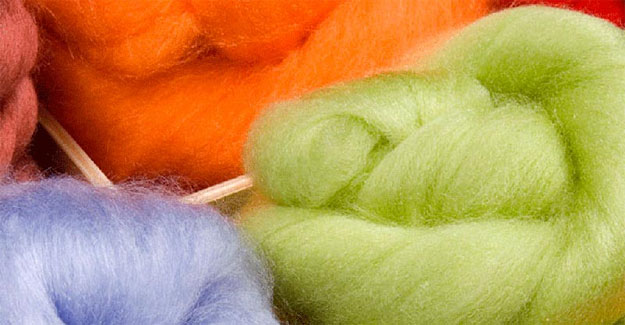
Continued Muted Demand; Man-Made Fibres To Benefit from Higher Raw Material Availability
India Ratings and Research (Ind-Ra) has published the January 2020 edition of its credit news digest on India's textile sector. The report highlights the trends in the sub-segments of the textile sector, including cotton, man-made fibres, yarns, fabric with a focus on commodity prices, imports/exports, production and recent rating actions. The arrival of 14% yoy higher cotton as of January 2020, owing to higher production in the current cotton season, has led to a softening in cotton prices. During December 2019-January 2020, the prices were stable at Rs 105-106 per kg with the intervention of Cotton Corporation of India, after they procured 40% of the total arrivals. The agency expects cotton prices to soften further over the current season because of oversupply on account of a muted demand. The spinning industry continues to face the heat from the subdued export demand and impact of Covid-19. Demand from China remains weak, with no respite from the first phase of trade agreement between China and the US. The Covid-19 outbreak has dampened the demand and consumption levels in China, which is a setback for Indian yarn producers. The uncertainty and impact of the virus would be key to a rebound in export demand in the long term. Also, short-term yarn prices continue to be weaker than in 1HFY20 with shrinking margins for the players. Fabric players registered a marginal improvement in exports in 9MFY20, coupled with lower raw material costs and increased export demand from Bangladesh and other countries. While the industry is left with few survivors, owing to working capital intensity and low margins, only those with brand value may continue doing well. Small-scale players are likely to face headwinds, owing to the concentration of the sub-sector and liquidity challenges. With the withdrawal of anti-dumping duty on purified terephthalic acid, the man-made fibre industry is set to benefit from the higher availability of raw material at lower prices, leading to an improvement in operating margins. The lower raw material price volatility and lower crude oil prices are benefiting the industry in form of improved margins and reduced working capital requirements in inventory. Synthetics are also likely to gain over cotton, given the domestic use ratio is 40:60 as against the global 70:30. Made-ups and apparel export players have been negatively impacted with retrospective withdrawal of incentives on cost competitiveness and stretched working capital requirements. Liquidity remains a key monitorable for the apparels and garments industry, with no major gain from the vacuum in supply created by China owing to the Covid-19 impact. The majority of the players are expected to shy away from capex because of no major uptick in demand till March 2021. However, the ad-hoc incentive announced by the government in January 2020 would provide partial relief to the players. Home textiles players have also been impacted by the withdrawal of incentives; however, their balance sheet size and dominance of few players are likely to limit the negative impact on the credit metrics. The industry would continue to deleverage amid a marginal softening in margins in the medium term.
Textile Excellence
If you wish to Subscribe to Textile Excellence Print Edition, kindly fill in the below form and we shall get back to you with details.








